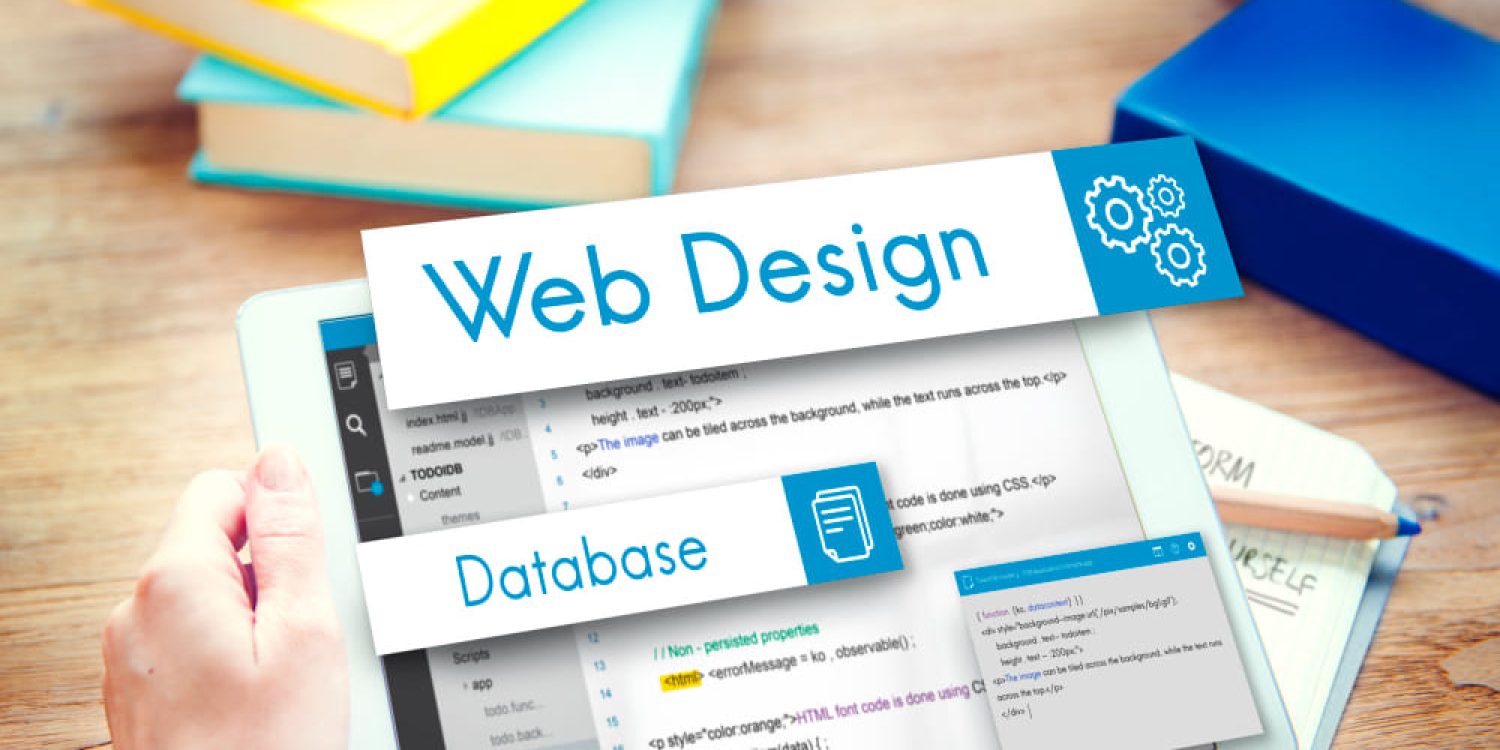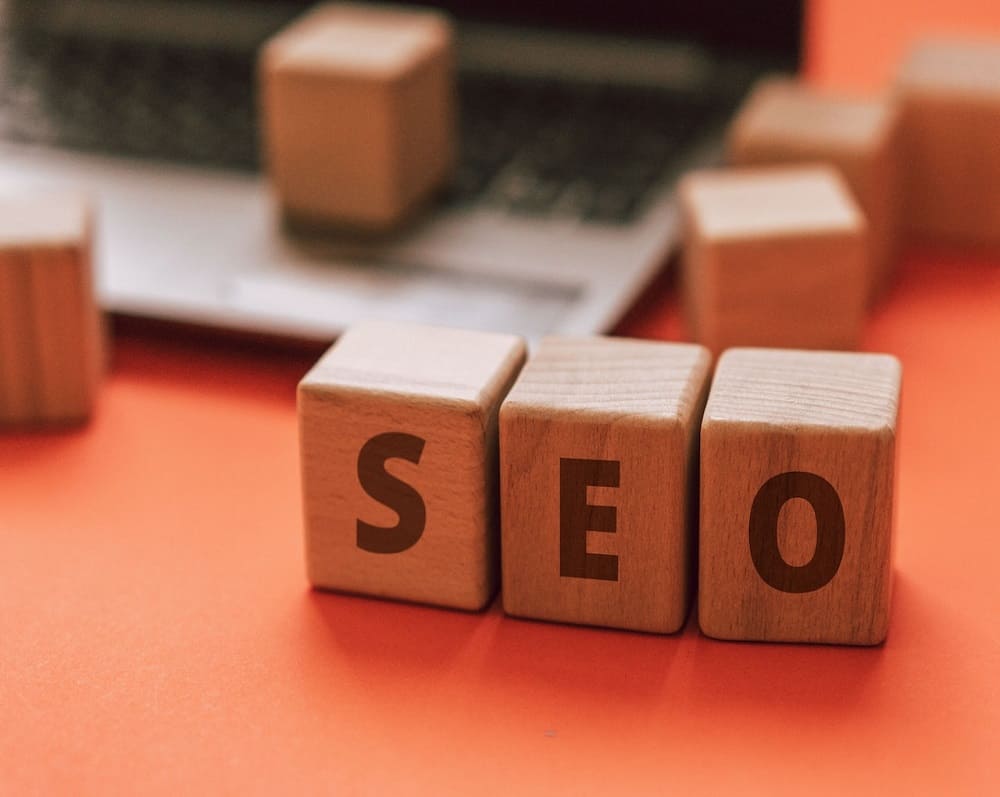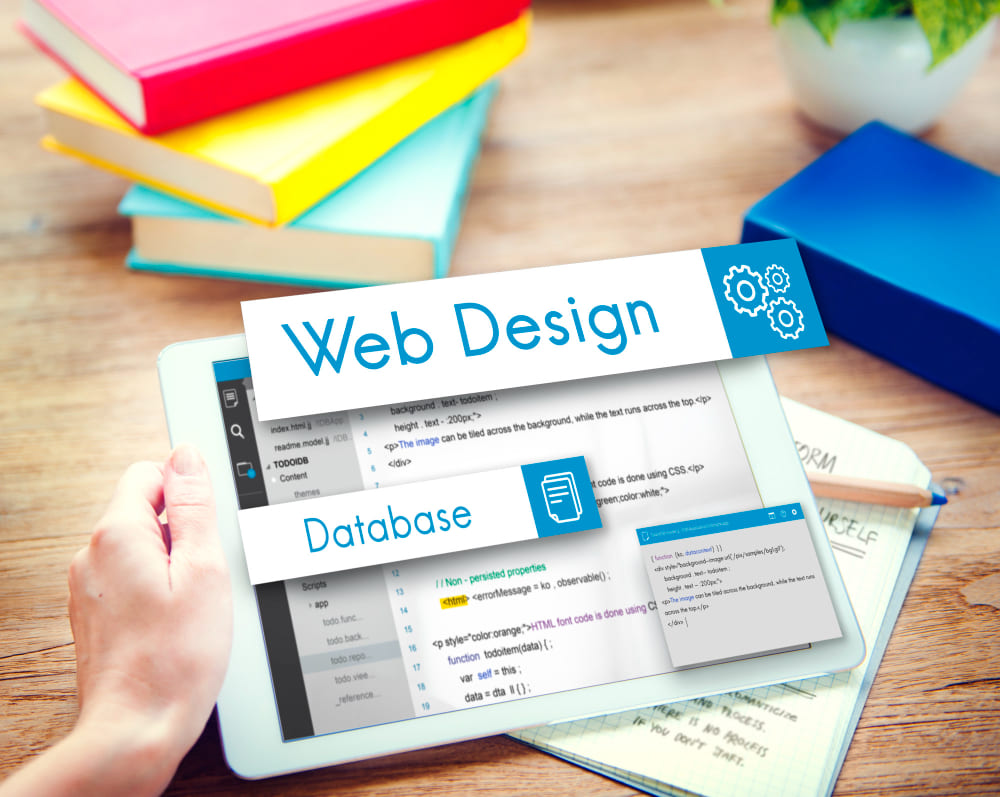Advantages of web design
- Improved User Experience: A well-designed website can provide an intuitive, visually appealing and easy to use interface for visitors.
- Increased Credibility: A professional-looking website can increase trust and credibility in the eyes of potential customers.
- Better Search Engine Optimization: A website with a good structure, fast loading speed and optimized content can rank higher in search engine results, driving more organic traffic to the site.
- Increased Accessibility: A properly designed website can make it easier for users with disabilities to access and use the site.
- Responsive Design: A responsive website adjusts its layout and content to different screen sizes, making it accessible on desktop, tablet and mobile devices.
- Cost-Effective: A website can be an affordable way to reach a large audience, compared to traditional advertising methods.
- Measurable Results: Website analytics tools allow you to track visitor behavior, measure the success of marketing campaigns, and make data-driven decisions for improvement.
The importance of having a website
Whether consciously or not, we tend to react to images first. People are naturally drawn to good design. For this reason, the design of your website is important; Because your customers care about design. Your website is the front door of your company.
When it comes to your website design, studies have proven time and time again that users are quick to judge your business based on visuals alone. If your website is poorly designed, they will often stop using it.
Credibility: A website provides a professional and credible online presence for your business or personal brand.
Reach: A website can reach a global audience, allowing you to expand your reach beyond your local community.
Accessibility: A website allows customers and clients to access information about your products and services at any time, from anywhere.
Cost-effective: A website is a cost-effective way to market your business, as it eliminates the need for traditional advertising methods like print or television ads.
Increased visibility: A website can improve search engine visibility, making it easier for people to find your business online.
Measurable results: A website allows you to track and measure results, so you can see the return on your investment and make informed decisions about future marketing strategies.
Find customers
Finding loyal clients is the third benefit that website design can take into account. Of course, you can generate a lot of revenue if you manage to attract repeat business from devoted clients. In internet retailers, winning over customers is seen as a challenging and highly difficult task. Using frequent visits and the data they gather, interactive websites can attract devoted users. A visitor is more likely to return to your website after giving you their information.
This customer commitment is extremely important in website design and you should pay special attention to it so that you don’t face any problems. At the same time, establishing a close relationship with the customer can also help to get the customer’s commitment. When a customer feels intimacy with you and your website, he will solve his needs by using your website and will not go to your competitors. Also, this helps to increase the conversion rate. Because a loyal and committed customer can introduce your website to his family, relatives and friends and encourage them to buy from your website.
Website design steps
- Needs assessment and site construction planning
- Content research
- Initial plan
- The design of the main site template
- Entering basic information
- Test and review
- Delivery and training to work with the panel
For professional website design, it follows step-by-step steps in order to create a valuable product and keep customers informed about the progress of the project. This process is defined in several stages, and in each stage, a general overview of design activities is described. And in most cases, it is done in the same way for all types of sites.
Content research
To research the content of a business, you can follow these steps:
Look for company reports: Check if the company has annual or quarterly reports available on its website, in the investor relations section, or in the public domain. These reports provide in-depth information about the company’s financial performance, market trends and future plans.
Check out business directories: Websites like LinkedIn, Glassdoor, and Crunchbase provide information about a company’s size, industry, competitors, and history.
Read news articles: Look for articles about the company in business-focused news outlets, such as the Wall Street Journal, Forbes, or Business Insider.Check out the company’s social media: Follow the company on social media platforms like Twitter, LinkedIn, and Facebook to get the latest news, promotions, and events.
Attend industry events: If possible, attend industry events, trade shows, and conferences related to the company’s line of business to learn more about the company and its competitors.
Initial plan
The initial graphic design of the site or sketch is the first step of the website design process. In this step, all the pages of the site such as the main page, about us, contact us, blog and all other parts of the website are designed and It is shown what the user is expected to see. The primary design phase then starts after the project manager and the client accept these samples.
Test and review
Testing and reviewing a website involves evaluating its functionality, usability, design, and content to identify any issues and make recommendations for improvement. This process can involve:
Functionality testing: Checking if all links, buttons, and forms work properly.
Usability testing: Observing users interact with the site to identify any navigation or interface issues.
Design evaluation: Assessing the visual appeal and layout of the site to ensure it is aesthetically pleasing and easy to use.
Content review: Checking for spelling and grammar errors, making sure information is accurate and up-to-date, and ensuring it provides value to the user.
By thoroughly testing and reviewing a website, you can ensure it provides an excellent user experience and meets its objectives.









